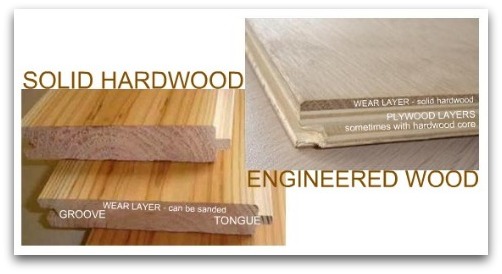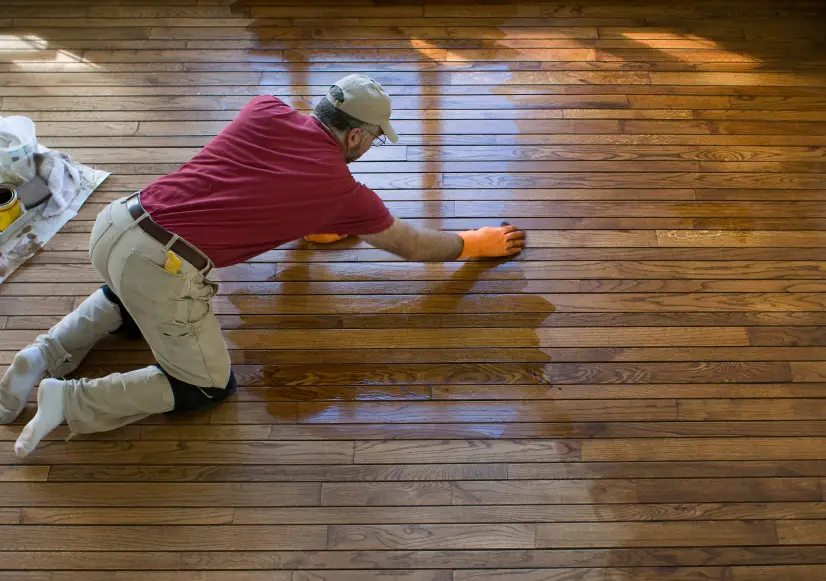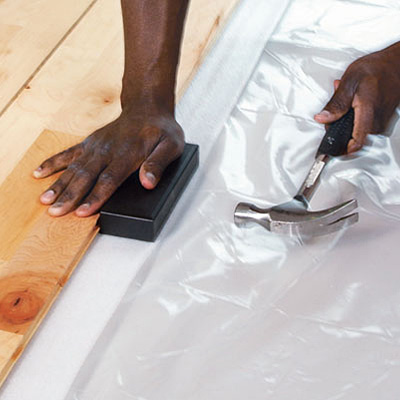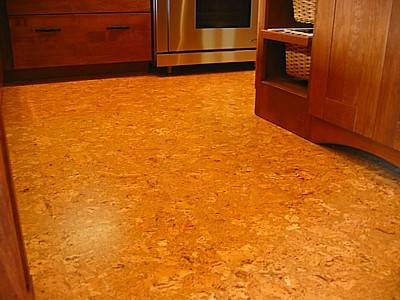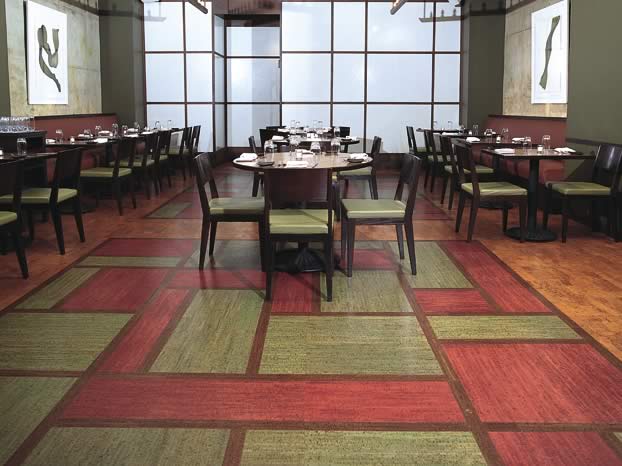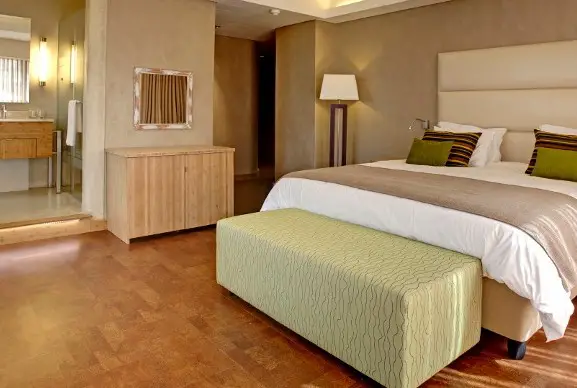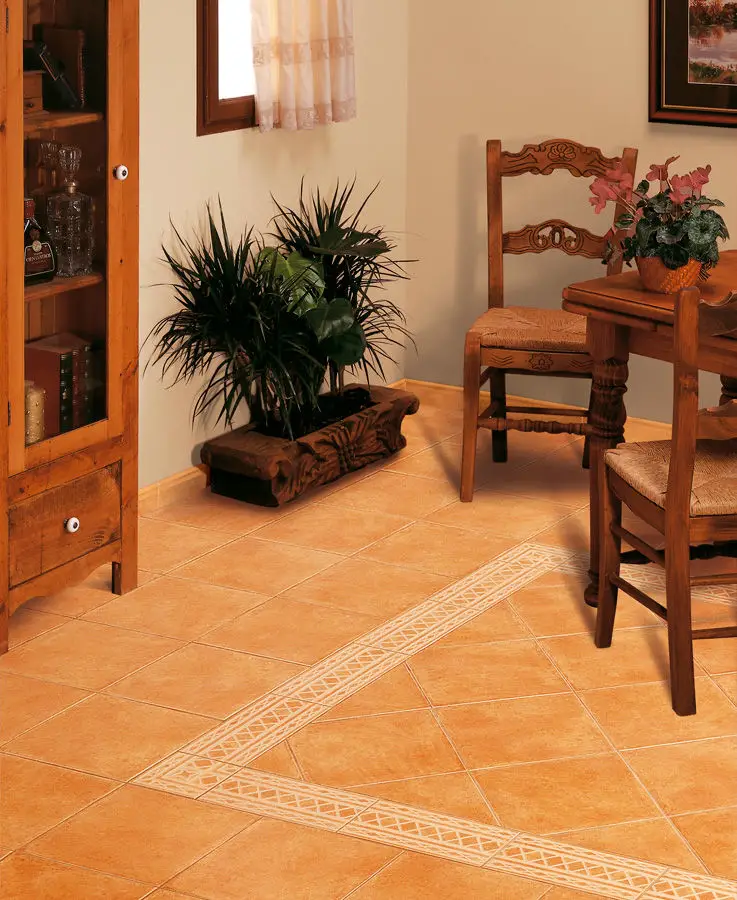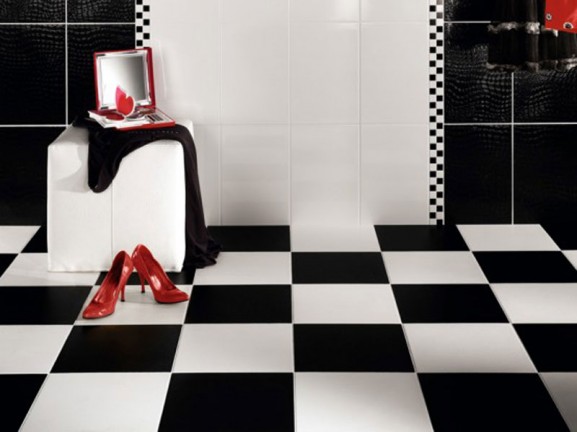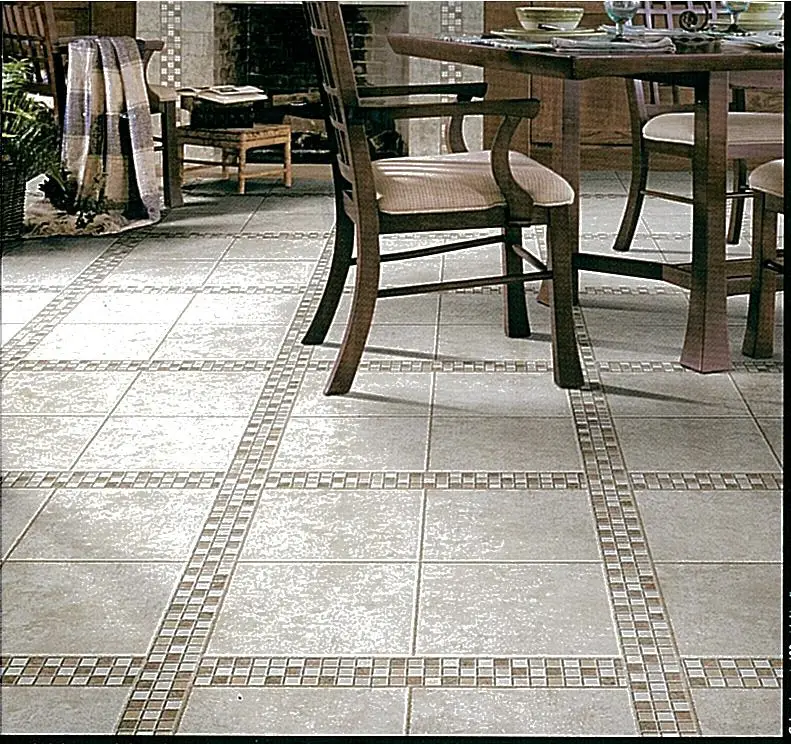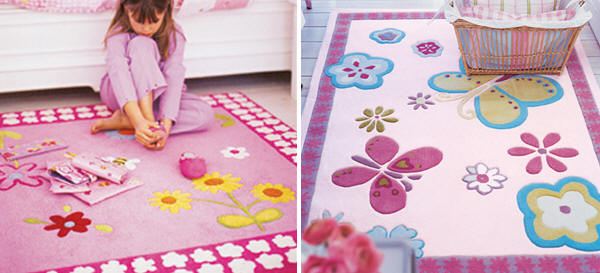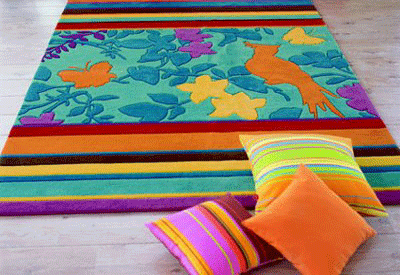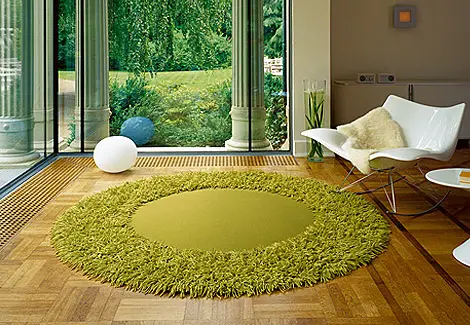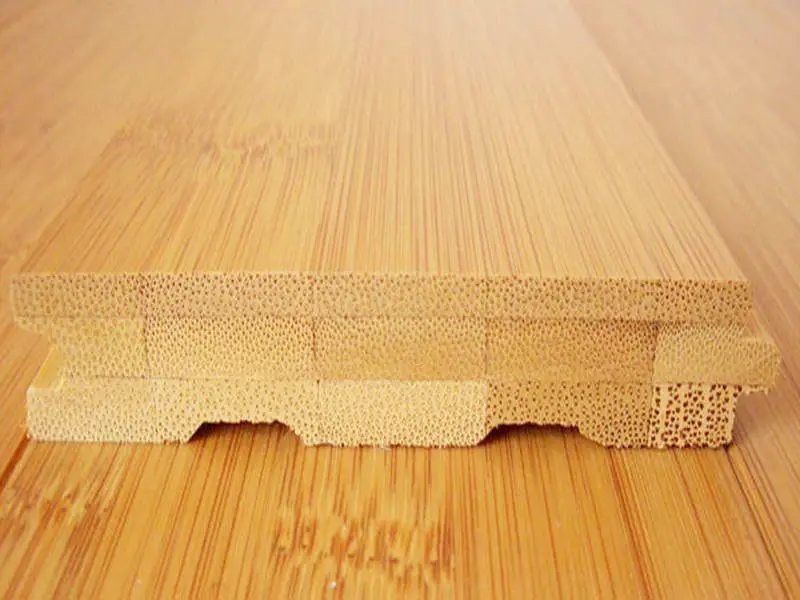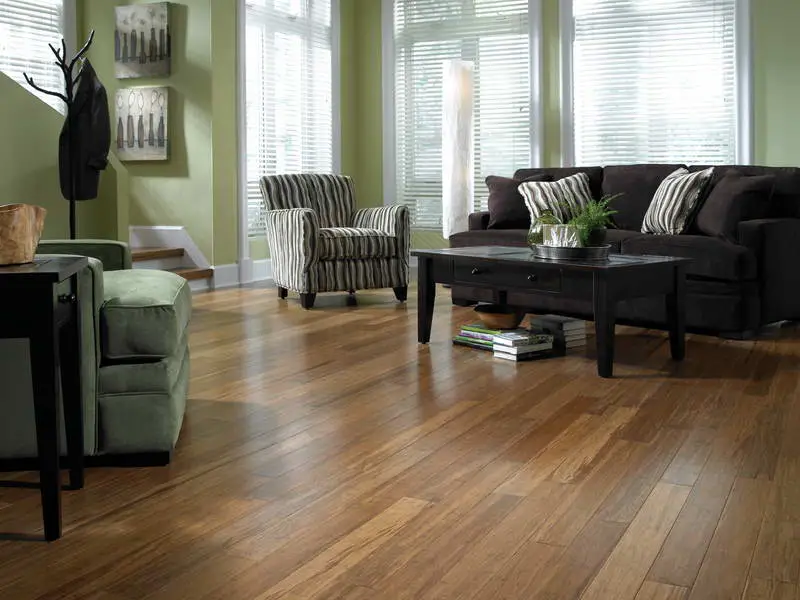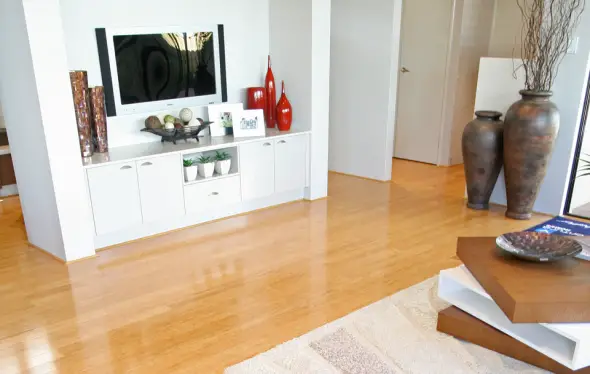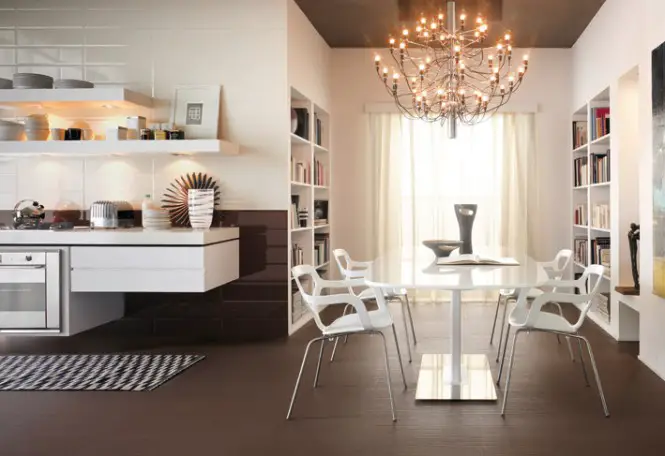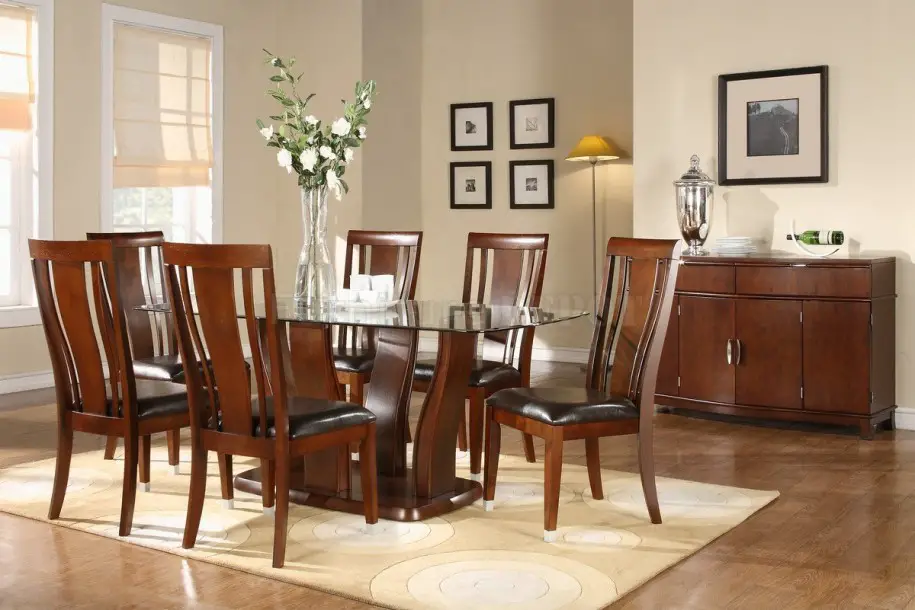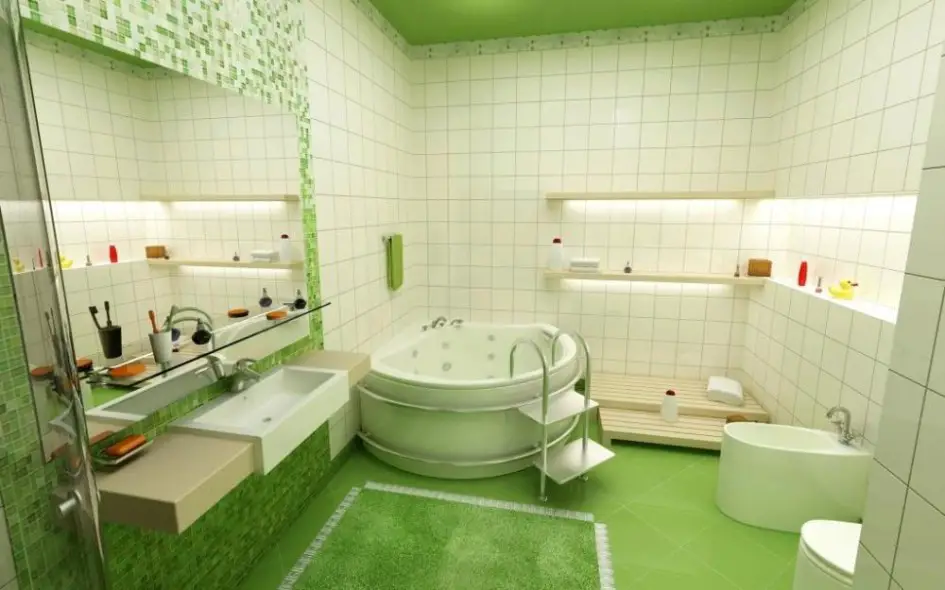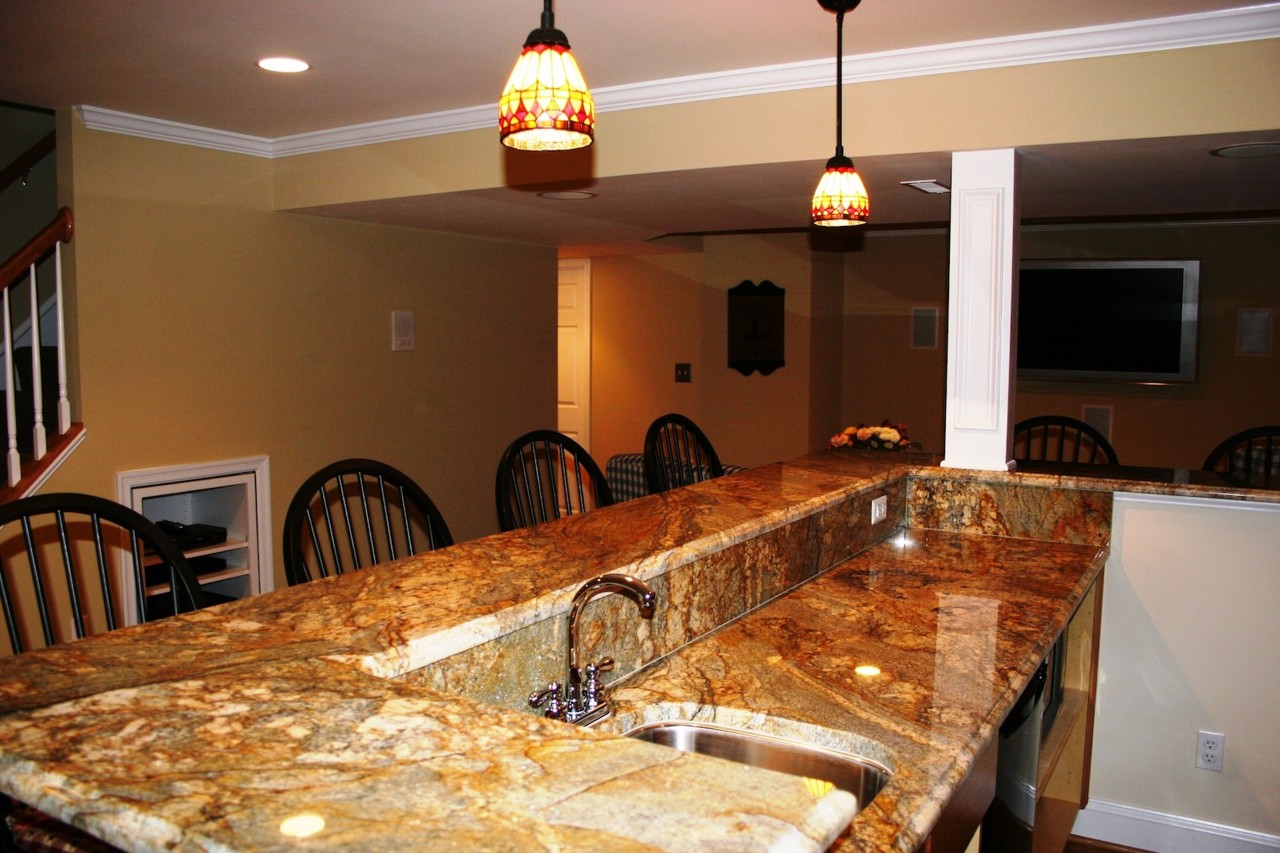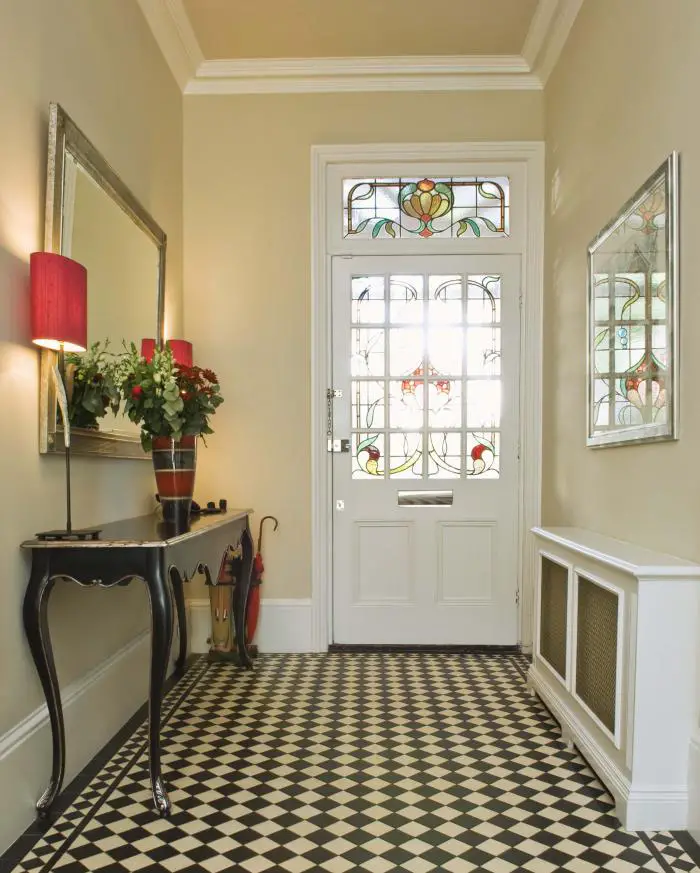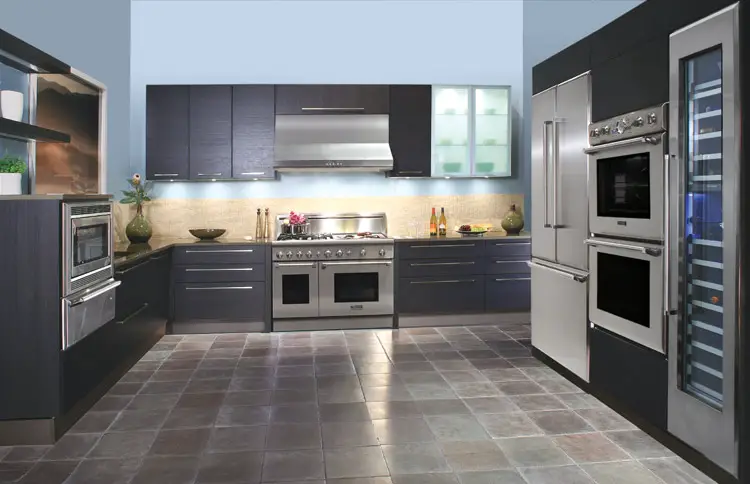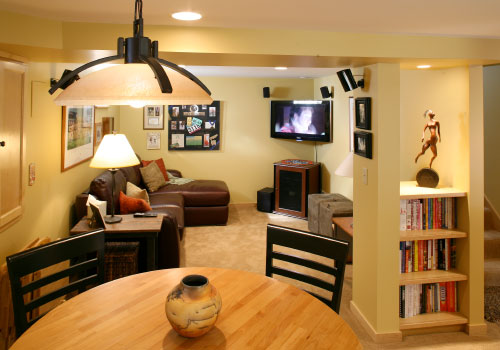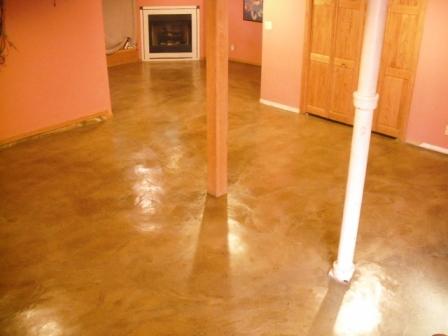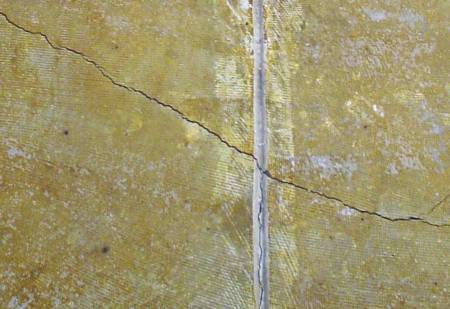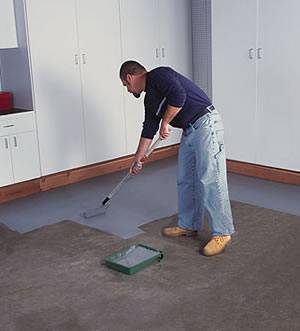There are probably some things you’ve been dying to know about hardwood floors. Given the factors like cost, installation and maintenance, plenty of individuals are really hesitant and careful in deciding if hardwood is the answer to their flooring needs.
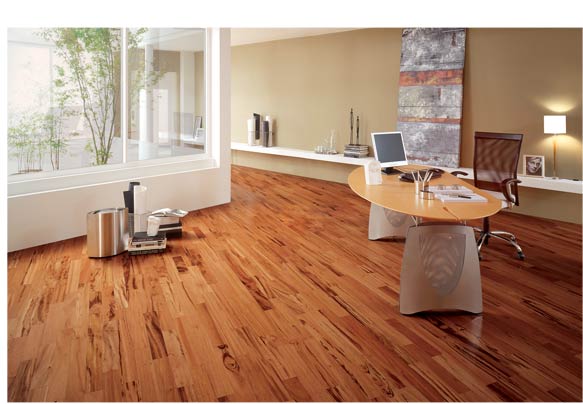
www.interiorarcade.com
Given the factors above makes the decision very hard, what complicates and prolongs the process is the fact that there are more than a dozen myth surrounding hardwood flooring, quite plenty that we might have to put the ones about engineered hardwood flooring entirely in another post.
So here are the common myths about hardwood flooring
Myth #1: Hardwood flooring is expensive.
True that hardwood flooring is more expensive than other contemporary floor covering like ceramic tiles, laminate planks or vinyl. However, bear in mind that hardwood flooring is an investment that adds not only aesthetic value to any property but a scalable amount on that property’s monetary value.
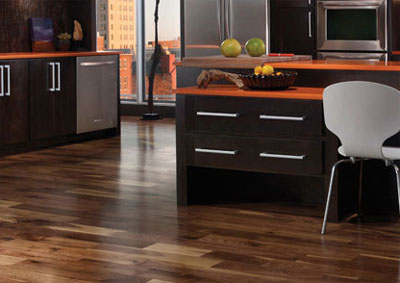
www.finishersunlimited.com
Hardwood offers warmth that ceramic flooring lacks, authenticity and versatility that laminate flooring do not offer and it is made from natural resources from a very highly regulated industry to ensure compliance to environmental rules and sustainability that is not the case with vinyl flooring.
The cost should not be seen as a negative thing but a serious factor to consider once the decision to install hardwood flooring has been made.
Myth #2 You can’t install hardwood flooring anywhere.
This is perhaps one of the most pervasive myth about hardwood flooring. You can install them just about anywhere except of course below grade and anywhere where there is direct exposure to water and moisture.

revivalfloor.com
Other than that, yes, hardwood flooring can be installed in kitchens and even bathrooms, provided of course they are well finished and protected from wetness and leads. They key here is prevention and maintenance – keeping the flooring surface dry and clean all the time and ensuring you avoid dropping sharp and pointed objects whenever working in the kitchen.
Remember that hardwood flooring aren’t made just to be beautiful, they are designed to withstand everyday use, including heavy traffic.
Myth #3 Fading and discoloration is a sign of defect.
Well , not really. it is possible that the original finish is exposed to sunlight and its not UV protected. It is also possible that this is a natural reaction or property of a particular type of variety of hardwood. Remember that hardwood flooring changes with age and reacts to changing seasons as well.
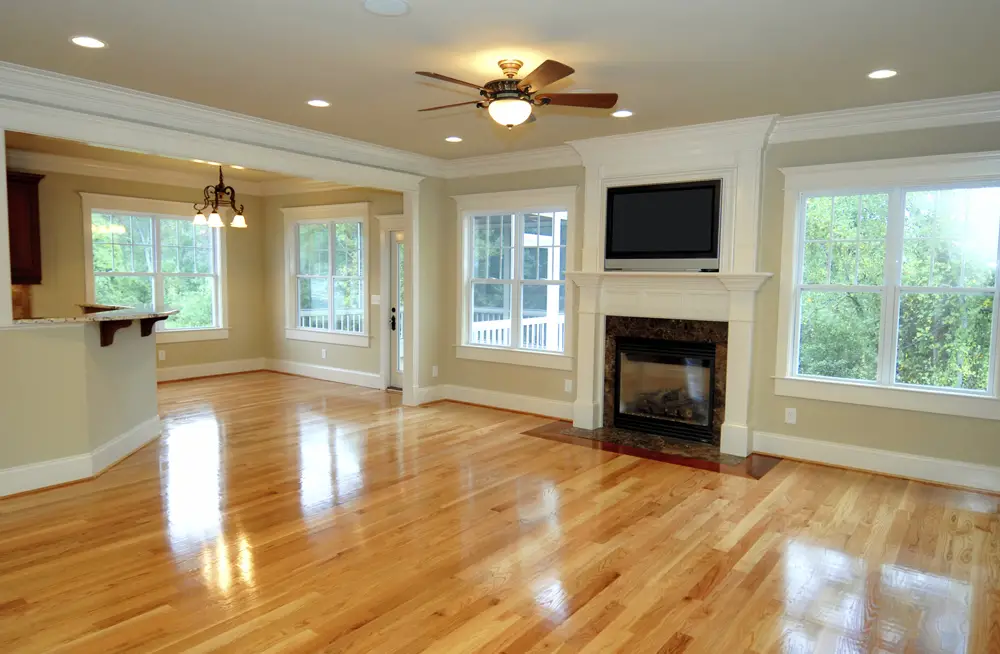
artisticwoodflooring.com
Be sure to know everything about the kind of hardwood you are getting if you are having them installed, or learn its history if you already have an existing one. The best way to preserve hardwood flooring is through maintenance and its quite hard to do that if you are not aware of what you are dealing with.
Myth #4 Hardwood flooring can be installed DIY.
Well, you, me and just about anybody else can, however results are not guaranteed. First off, you need just the right amount of experience when installing this type of flooring. Remember that more that decor, hardwood flooring is both an investment and a home improvement so be sure whoever’s gonna do the installation know what they are doing.
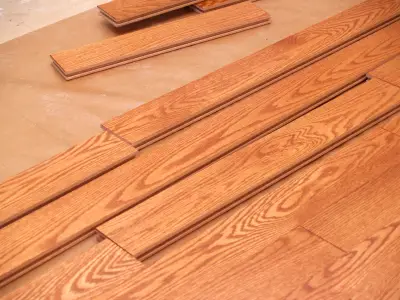
learn.builddirect.com
Consider the cost of the material and the trouble any delay in the installation process might cost. Also include repair and corrective expenses for that matter. Then think of the tools you might need to buy or rent out should you consider this a DIY project. Given the need to ensure that the subfloor is prepared accordingly and that each plank or board is installed secured and measured and cut properly clearly spells out that if you have not done this before, now is probably not a great time to try.
Myth #5 Prefinished hardwood flooring is better than onsite finished ones.
This is one of the things prefinished hardwood sellers are telling us. Being finished before the product hit the store shelves, we are made to believe that prefinished hardwood flooring is better because its finished “industrial grade” something that will take time and effort and perhaps even special tools if you attempt to do it onsite.
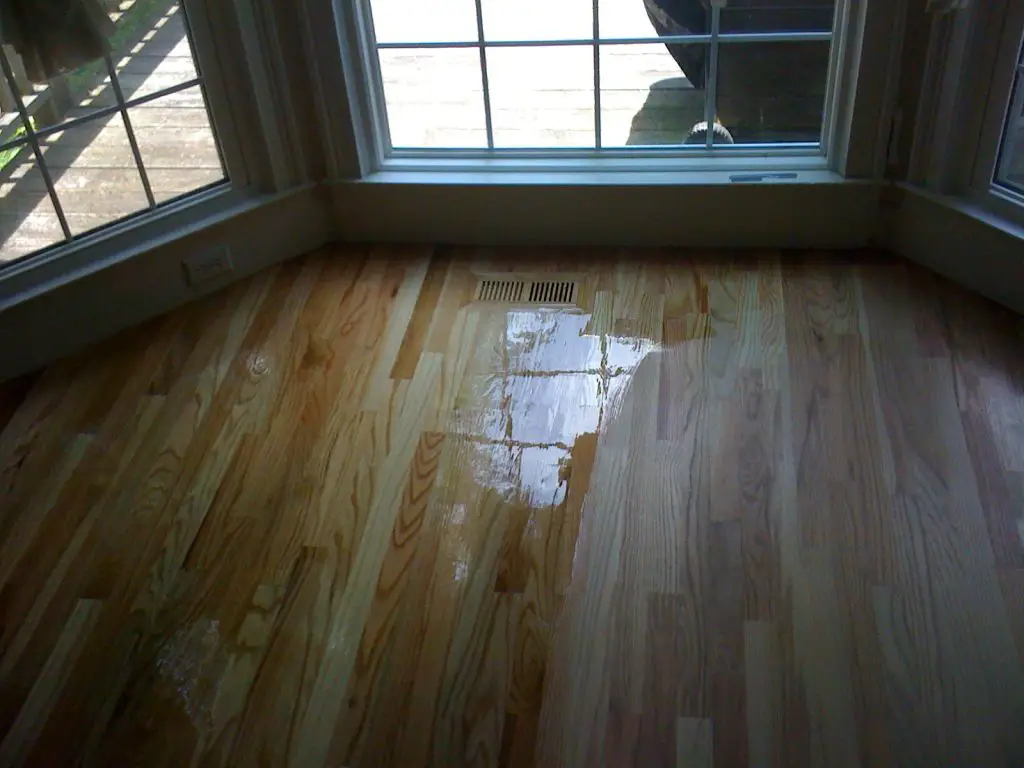
www.getyourfloors.com
On the other hand, professional flooring installers and contractors will tell you that its best to have an onsite finish to ensure that scuffs and tiny damages incurred during installation can be handled and covered with an onsite finish.
Yes, both kinds of finishes have their respective selling points and buyers and homeowners can decide based on their personal preferences and needs. However, keep in mind that any good finish, whether its done on- or off-site will last depending on the floor’s usage and maintenance.



